Wildflower meadow questions
duginkc
18 years ago
Related Stories

FALL GARDENINGBe Your Own Wildflower Nursery
Gather seeds from your garden in fall, and you'll have a selection of plants for next year — without spending a dime
Full Story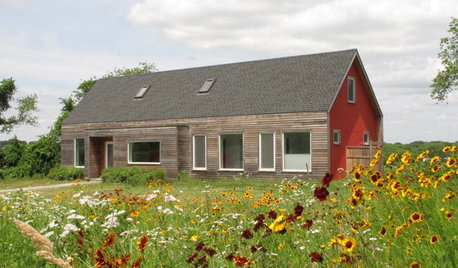
LANDSCAPE DESIGNHow to Design a Meadow Garden Everyone Will Love
Petite grasses or sedges plus flowers make for a manageable landscape that welcomes wildlife
Full Story
GARDENING GUIDESWhat’s in a Name? See 6 Wildflowers That Aren’t ‘Weeds’ at All
Dispel the stereotypes of weeds and try these wildlife-supporting native wildflowers in your garden
Full Story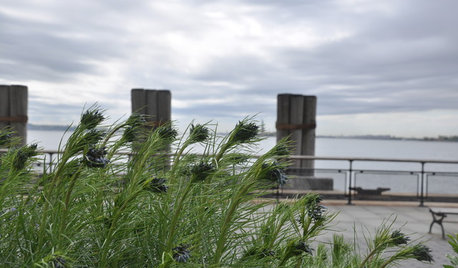
GARDENING GUIDES10 Native Wildflowers With Unique Foliage
When the flowers fade, these leaves keep the garden looking good
Full Story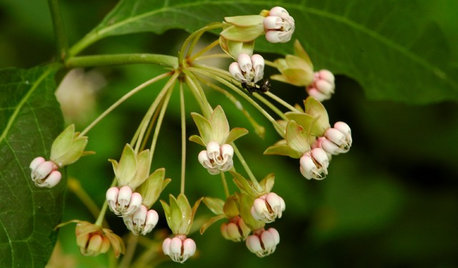
GARDENING GUIDES5 Unsung Wildflowers That Thrive in Dry Shade
Turn shady problem spots into garden idylls with with these prolific, easy-care bloomers
Full Story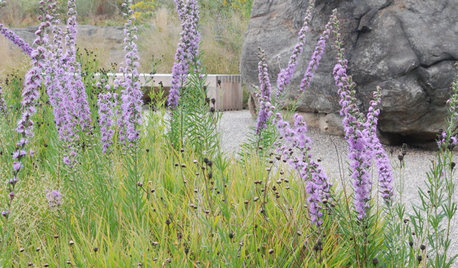
GARDENING GUIDESNative Wildflowers for the August Transition Into Fall
Keep the garden colorful with these stalwart perennials
Full Story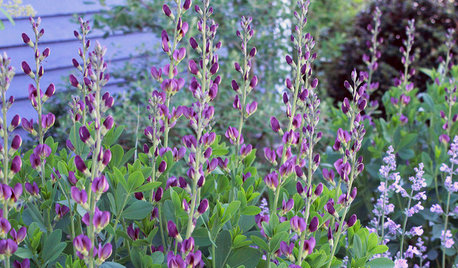
GARDENING FOR BUTTERFLIES7 Native Wildflowers to Make You an Awesome Butterfly Host
Offer the leaves of these and you’ll get more butterflies than with flower nectar alone
Full Story
GREEN BUILDINGConsidering Concrete Floors? 3 Green-Minded Questions to Ask
Learn what’s in your concrete and about sustainability to make a healthy choice for your home and the earth
Full Story
GREEN DECORATING8 Questions to Help You See Through Green Hype
With the ecofriendly bandwagon picking up some dubious passengers, here's how to tell truly green products and services from the imposters
Full Story
PLANTING IDEASWant a More Colorful, Natural Garden? Try a Perennial Meadow
Spend less time tending and more time taking in the sights by improving on Victorian and prairie garden designs
Full StorySponsored
Leading Interior Designers in Columbus, Ohio & Ponte Vedra, Florida






ladyslppr
john_mo
Related Professionals
Middle River Landscape Architects & Landscape Designers · South Elgin Landscape Architects & Landscape Designers · Concord Landscape Contractors · Tempe Landscape Contractors · Alamo Landscape Contractors · Camp Verde Landscape Contractors · Chattanooga Landscape Contractors · Maywood Landscape Contractors · North Lauderdale Landscape Contractors · Sammamish Landscape Contractors · Tacoma Landscape Contractors · Raytown Landscape Contractors · Alvin Decks, Patios & Outdoor Enclosures · Bonney Lake Decks, Patios & Outdoor Enclosures · Hobart Decks, Patios & Outdoor EnclosuresduginkcOriginal Author
duginkcOriginal Author
john_mo
duginkcOriginal Author
led_zep_rules
duginkcOriginal Author
ahughes798
led_zep_rules